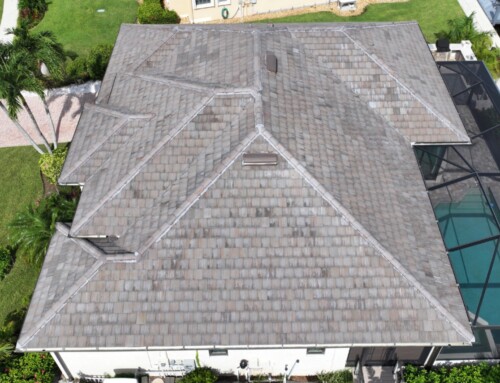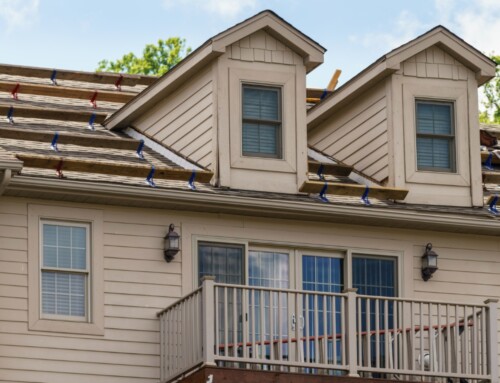Your local climate plays a significant role in choosing the right material for your roof. The weather conditions in your area can greatly affect the performance and lifespan of your roof.
This guide aims to help homeowners navigate this complex decision. We’ll delve into how different climates impact various roofing materials.
We’ll also explore the role of roofing contractors in this process. They can provide valuable advice on the best materials for your specific climate.
Whether you’re considering a roof repair, replacement, or a new installation, this guide will be useful. It will provide insights into the durability, cost-effectiveness, and suitability of various roofing materials in different weather conditions.
By the end of this guide, you’ll be equipped to make an informed decision. You’ll know how to choose a roofing material that not only suits your home but also your climate.
Understanding Climate’s Impact on Roofing
The climate in which your home resides significantly influences your roofing material choice. Temperature fluctuations, rainfall, and wind levels determine how well a roof performs over time.
Each climate presents unique challenges that affect durability and energy efficiency. For example, hot climates may require heat-reflective materials, while regions with heavy rainfall need strong water-resistant options. Understanding these climate impacts is key to selecting the best roofing material for your home.
Key Factors in Choosing Roofing Material for Your Climate
Several critical factors come into play when picking the right roofing material. These elements ensure that your roof stands the test of time, regardless of the local climate. Key considerations include temperature extremes, moisture levels, and wind strength.
Understanding your local weather patterns helps you select suitable materials. Roofing materials respond differently to distinct climates and weather events. Consider the following when making your choice:
- The severity of local temperature fluctuations
- Average rainfall and humidity levels
- Common wind conditions and storms
- UV exposure throughout the year
Choosing wisely involves balancing these factors to ensure efficient energy use and material longevity.
Temperature and Weather Extremes
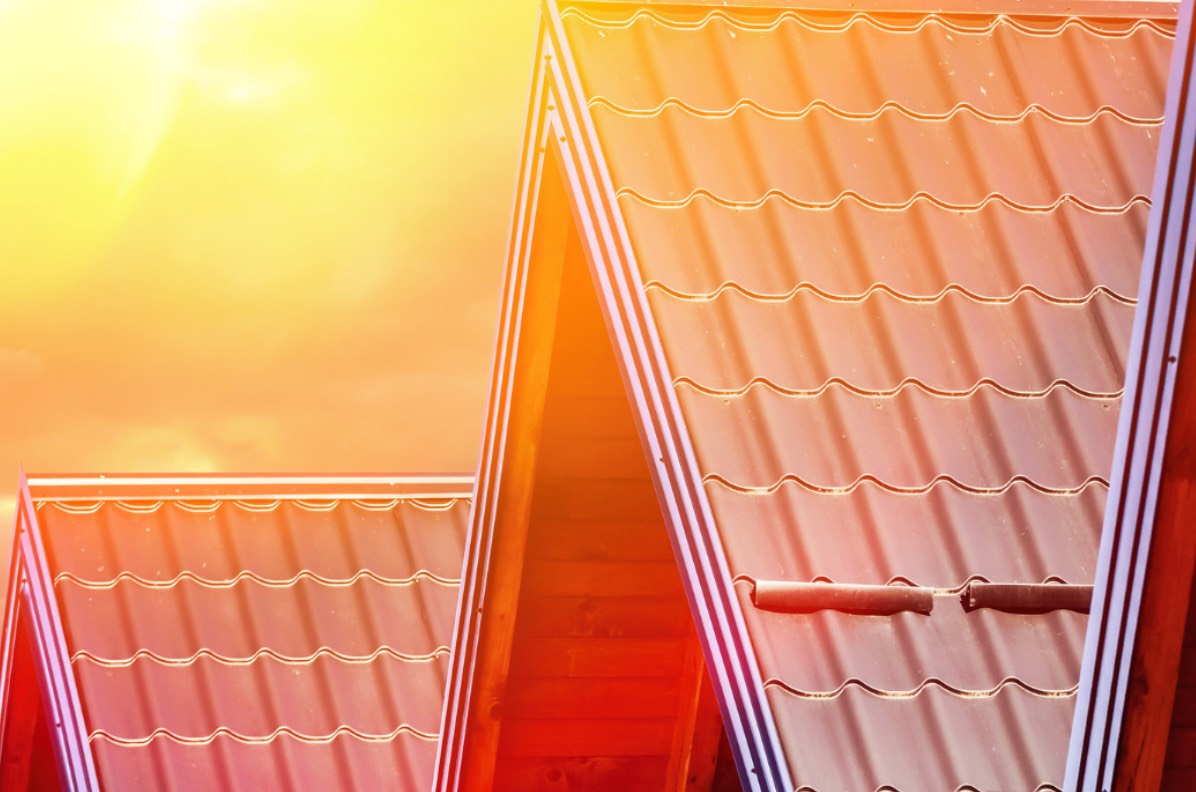
Extremes in temperature can cause roofing materials to expand and contract. This stress can lead to cracking or warping over time. Some materials, like metal roofing, handle temperature changes better than others.
Areas with frequent temperature swings benefit from materials designed for resilience. Durable options resist damage from extreme heat and bitter cold. An appropriate choice can prevent costly repairs and extend roof life.
Moisture, Rainfall, and Humidity
Moisture is a critical concern in climates with heavy rainfall. Constant exposure to water can degrade unsuitable roofing materials. Selecting a water-resistant material is essential for preventing leaks and mold growth.
In humid environments, mold and algae can also become a problem. Materials like slate and tile are excellent choices for wet climates. These options resist moisture damage and maintain integrity despite high humidity.
Wind Resistance and Aerodynamics
Roofing in windy areas must resist uplift and damage from debris. Aerodynamic designs and strong fasteners can help keep roofs intact during storms. Choosing wind-resistant materials prevents potential structural issues.
Regions prone to hurricanes or tornadoes require roofs with exceptional wind ratings. Metal roofing and certain composites provide excellent resistance. A well-engineered roof minimizes damage and reduces repair costs.
Sun Exposure and UV Radiation
Prolonged sun exposure can fade and damage roofing materials. UV radiation accelerates wear and affects roof appearance. Materials with UV-resistant coatings are ideal in sunny regions.
Roofing solutions like cool roofs reflect sunlight effectively. This decreases heat absorption, improving energy efficiency and comfort. Consider UV exposure when selecting materials to maintain appearance and functionality.
Popular Roofing Materials and Their Climate Suitability
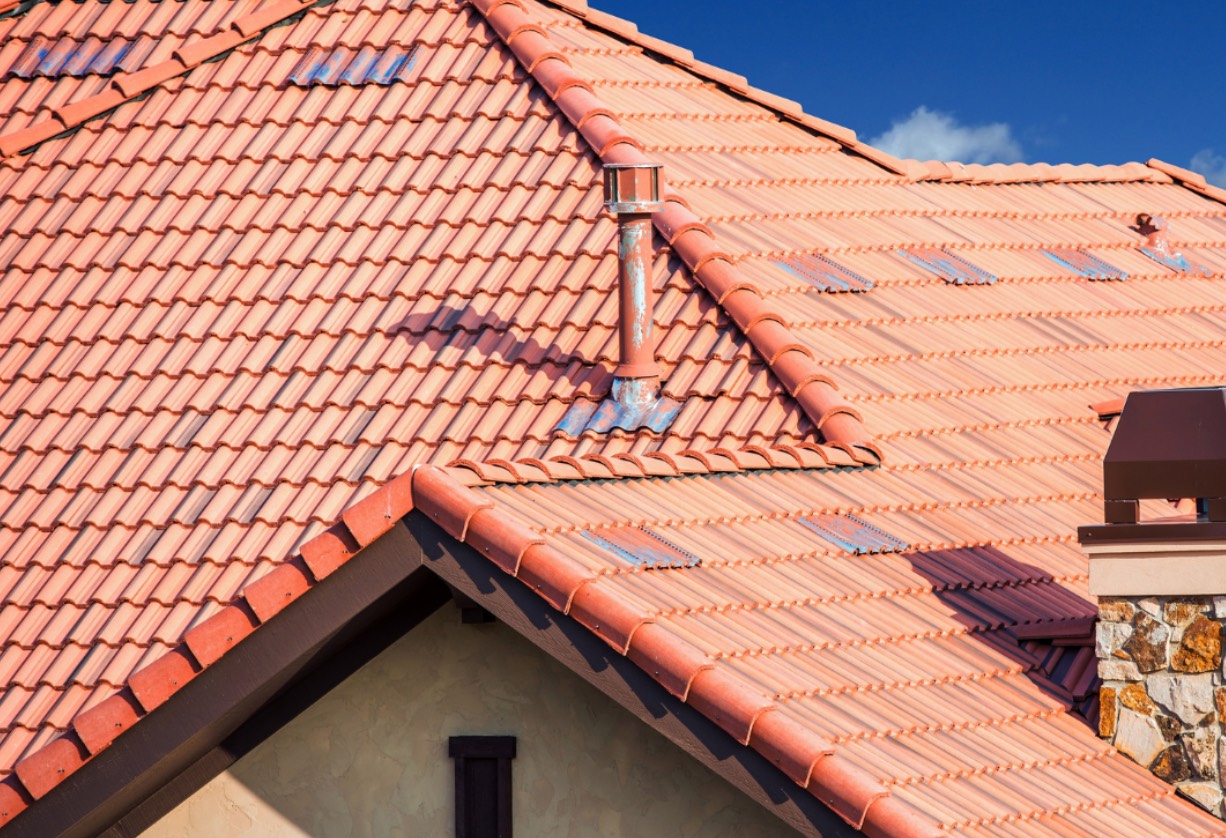
Selecting the right material involves understanding each option’s strengths and weaknesses. Popular roofing materials vary in their ability to handle climate conditions. Knowing these can lead to a more informed choice.
Some materials excel in specific climates due to their inherent properties. Here’s a look at some common materials and their best uses:
- Asphalt shingles: Affordable and versatile
- Metal roofing: Durable and low-maintenance
- Slate and tile roofs: Elegant and heat-resistant
- Wood shingles and shakes: Natural charm with insulation benefits
- Synthetic and composite materials: Sustainable and customizable
Each material offers unique advantages, allowing homeowners to align with climate needs and personal tastes.
Asphalt Shingles
Asphalt shingles are a budget-friendly choice with flexibility for different climates. They perform well in moderate environments but may need replacement sooner in severe weather.
Generally, asphalt shingles are lightweight and easy to install. However, intense heat or continual moisture can cause wear faster. Regular maintenance can help prolong their life.
Metal Roofing
Metal roofing boasts unmatched durability against harsh weather, including high winds and heavy snow. Its reflective properties make it energy-efficient in sunny areas, lowering cooling costs.
Although initially expensive, metal roofs require minimal upkeep. They are fire-resistant and recyclable, making them an eco-friendly option. Metal is a wise investment for longevity.
Slate and Tile Roofs
Slate and tile provide excellent protection against heat and withstand strong winds. Their natural density offers insulating properties, reducing energy needs in hot and cold climates.
Their elegant appearance and longevity make them appealing, though they’re heavier and require a sturdy structure. Their resistance to rot and insects adds to their appeal.
Wood Shingles and Shakes
Wood shingles and shakes offer natural insulation and aesthetics that blend well in various environments. They’re suitable for dry climates but need treatment for moisture resistance in humid regions.
Their natural look complements many architectural styles, though they require regular maintenance to prevent rot. Enhanced variants provide added weatherproofing against dampness and decay.
Synthetic and Composite Materials
Synthetic and composite materials mimic natural roofing types with superior climate adaptability. These options offer customizability and resistance to diverse weather conditions.
They excel in providing strong and stable coverage with less environmental impact. Their lightweight nature makes them suitable for a wide range of structural capabilities.
The Role of Roofing Contractors and Roof Repair Services
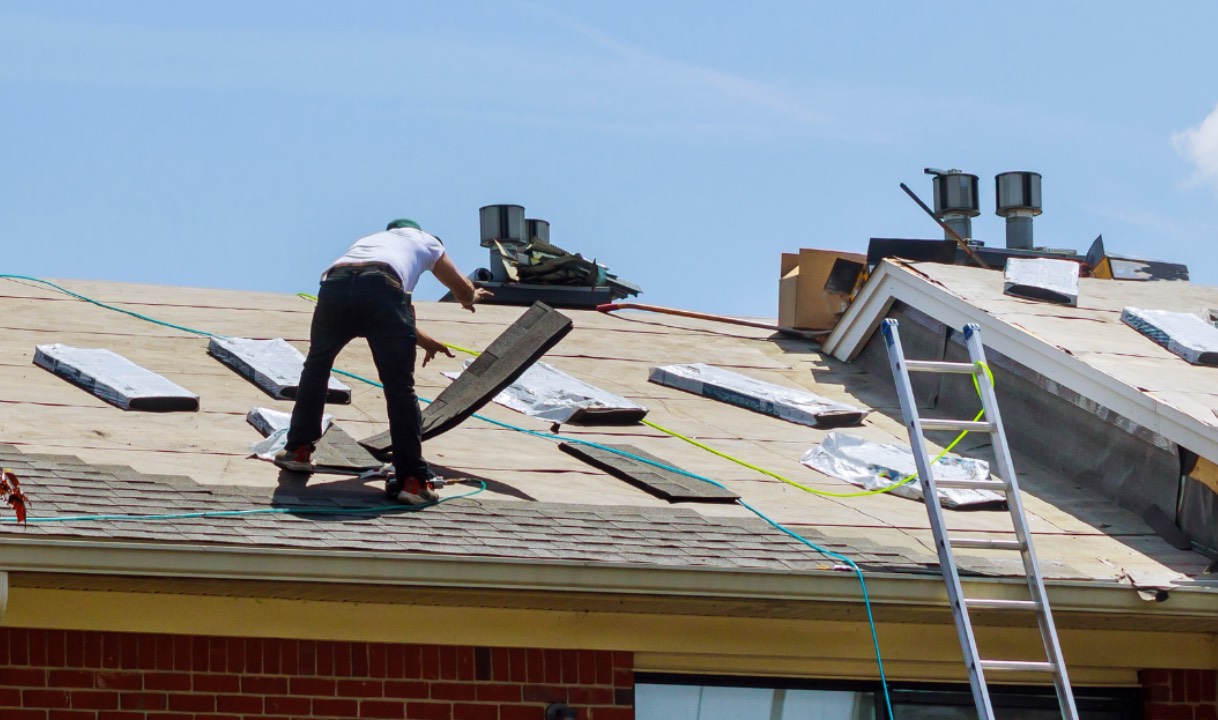
Roofing contractors play a vital role in choosing the right materials and ensuring proper installation. Their expertise can guide homeowners in selecting weatherproof roofing that fits local climate conditions. Consulting with experienced professionals provides insights into material durability and cost-effectiveness.
Regular roof repair services help maintain the integrity of any roofing system. Promptly addressing issues like leaks or damage can prevent costly future repairs. Certified contractors know to perform assessments and repairs efficiently, ensuring the roof remains resilient against climate challenges. Trusting skilled professionals ensures long-lasting and effective residential roofing solutions.
Cost, Longevity, and Return on Investment
When selecting a roofing material, consider the balance between cost and longevity. While initial expenses can be high, some materials offer significant savings over time. Durable options like metal and tile often come with higher initial costs but provide exceptional longevity, reducing the need for frequent replacements.
Examining the long-term return on investment is crucial for homeowners. Materials that improve energy efficiency or require less maintenance can lower utility bills and upkeep costs. Weighing these factors ensures a sound financial decision. Choosing the best roofing materials not only enhances property value but also secures a more sustainable investment.
Making an Informed Decision
Choosing the right roofing material for your climate is essential for the longevity and resilience of your home. By understanding the unique weather patterns and demands of your location, you can select materials that offer the best protection and value.
It’s important to consider the upfront costs and the long-term benefits. Consulting with professional roofing contractors can provide valuable insights tailored to your needs. An informed decision not only safeguards your home but also enhances your property’s overall worth.
Making an informed decision about your roofing material is crucial for your home’s longevity and protection. Don’t leave it to chance—consult with our expert roofing contractors at Ridge Valley Exteriors today! We’ll provide personalized advice tailored to your local weather conditions, ensuring you select the best materials for durability, energy efficiency, and style.


